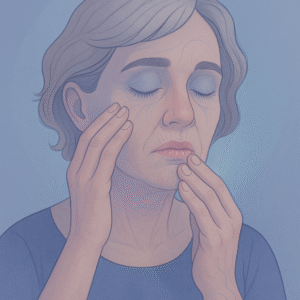Sjögren’s Syndrome is a chronic autoimmune disorder where the body’s immune system mistakenly attacks the glands that produce moisture, especially in the eyes and mouth. This leads to dryness, inflammation, and potentially damage to other organs.
It can occur on its own (primary Sjögren’s) or alongside other autoimmune diseases like rheumatoid arthritis or lupus (secondary Sjögren’s).

